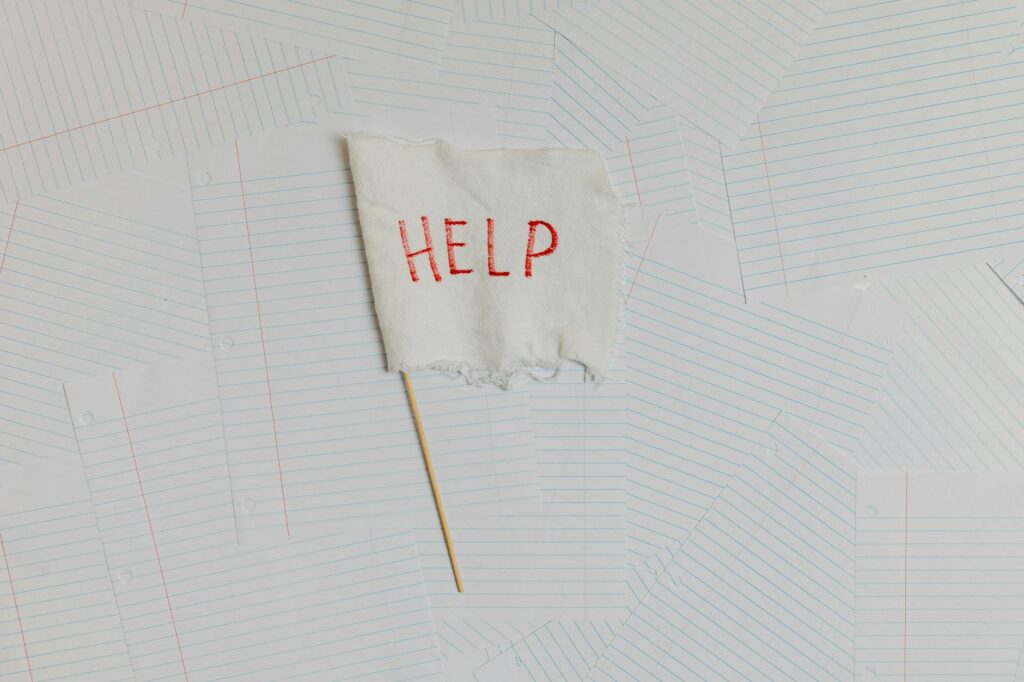What is overwhelm reduction techniques?

What is overwhelm reduction techniques?
Feeling overwhelmed is something many of us experience, especially in today’s fast-paced world. Between juggling work, family, and personal responsibilities, it’s easy to feel buried under the weight of our daily tasks. This overwhelming sensation can significantly impact our productivity and overall well-being, which is why it’s crucial to explore effective overwhelm reduction techniques.
Understanding how to effectively manage overwhelm can lead to better time management and personal development. So, let’s dive into what overwhelm really means and the strategies we can use to reduce it.
Understanding Overwhelm
Overwhelm is a common emotional state where a person feels unable to cope with the demands placed upon them. It can stem from various aspects of life, including work pressures, family obligations, and even social commitments. When we feel overwhelmed, tasks seem insurmountable, leading to stress and anxiety.
What Causes Overwhelm?
Several factors contribute to feelings of overwhelm. Here are a few key culprits:
- Excessive Workload: Taking on too many tasks at once can lead to burnout.
- Poor Time Management: Not effectively scheduling our time can result in last-minute rushes and panic.
- Lack of Support: Feeling isolated or unsupported can heighten feelings of stress.
By identifying these triggers, we can work towards mitigating their impact.
Signs and Symptoms of Overwhelm
Recognizing the signs of overwhelm is essential for addressing it. Common symptoms include:
- Emotional Symptoms: Anxiety, irritability, or sadness.
- Behavioral Symptoms: Procrastination or withdrawal from social interactions.
- Physical Symptoms: Fatigue, headaches, or difficulty sleeping.
If you notice these signs, it might be time to implement some overwhelm reduction techniques.
Techniques for Reducing Overwhelm
Now that we understand what overwhelm is and what causes it, let’s look at specific overwhelm reduction techniques that can help manage and reduce these feelings effectively.
Prioritization and Time Management
One of the most powerful tools for reducing overwhelm is effective prioritization. Using methods like the Eisenhower Matrix can help you categorize tasks based on urgency and importance. You can also consider the Pomodoro Technique, where you work for 25 minutes followed by a 5-minute break. This approach helps maintain focus while preventing burnout.
Mindfulness and Stress Reduction
Mindfulness practices can significantly help in reducing feelings of overwhelm. Techniques such as meditation, yoga, or even simple deep-breathing exercises can ground you and bring clarity. By focusing on the present moment, you can detach from overwhelming thoughts and gain perspective on your tasks. Practicing mindfulness can also improve emotional resilience, leading to a calmer demeanor in stressful situations.
For more tips on emotional resilience, check out this article on feeling overwhelmed.
Creating Boundaries
Setting clear personal and professional boundaries is essential to combat overwhelm. Learn to say no when necessary and protect your time. Establishing limits on your availability can help maintain a healthy work-life balance and reduce the feeling of being stretched too thin.
Delegation and Support Systems
Don’t hesitate to seek help from colleagues, friends, or family. Delegating tasks can lighten your load and foster a supportive environment. Building a network of support can provide you with resources to manage overwhelm effectively. Remember, it’s okay to ask for assistance when you need it.
Implementing Overwhelm Reduction Techniques
It’s one thing to know about these techniques; it’s another to put them into practice. Here’s how to start implementing these overwhelm reduction techniques into your daily routine.
Assessing Personal Triggers
Begin by identifying your specific triggers for overwhelm. Are there certain tasks or situations that consistently make you feel stressed? By recognizing these patterns, you can adjust your techniques accordingly.
Building a Routine
Creating a consistent daily routine that incorporates overwhelm reduction techniques can foster a sense of stability. Allocate specific times for tasks, mindfulness practice, and breaks. A structured schedule can help alleviate the chaos that often accompanies overwhelming days.

Photo by Tara Winstead
Conclusion
In conclusion, overwhelm reduction techniques are essential tools that can help you regain control over your life and improve your productivity. By understanding the nature of overwhelm, identifying its causes and symptoms, and implementing various strategies, you can effectively manage stress and anxiety.
Whether it’s through prioritization, mindfulness, setting boundaries, or seeking support, remember that it’s possible to navigate through overwhelming feelings. For more insights into managing stress and improving your well-being, consider exploring this guide on cutting back when you feel overwhelmed. Take small steps today, and you will find that you can significantly improve your mental clarity and overall happiness.